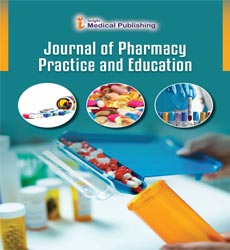Pheophorbide a isolated from Gelidium amansii inhibits adipogenesis by down-regulating adipogenic transcription factors in 3T3-L1 adipocytes
Abstract
Background: Adipocyte lipid accumulation causes adipocyte hypertrophy and adipose tissue increment, leading to obesity. Thus, this study investigated the anti-adipogenic effects of pheophorbide A isolated from Gelidium amansii in 3T3-L1 adipocytes. Methods: Upon differentiation of 3T3-L1 pre-adipocytes into adipocytes, they were treated with pheophorbide A. Results: Pheophorbide a inhibited triglyceride accumulation and stimulated glycerol release in a dose-dependent manner in 3T3- L1 adipocytes. In addition, pheophorbide A significantly decreased leptin levels in 3T3-L1 adipocytes. Pheophorbide A inhibited adipogenesis via suppression of the expression of adipogenic transcriptional factors including peroxisome proliferator-activated receptor enhancer binding protein sterol regulatory element binding protein 1c (SREBP1c), and fatty acid synthase (FAS). It also induced the expression of phosphorylation of AMP-activated protein kinase (AMPK). Conclusion: Pheophorbide A isolated from Gelidium amansii inhibit adipogenesis by down-regulating adipogenic transcription factors in 3T3-L1 adipocytes. These results suggest that pheophorbide A may be useful for the prevention or treatment of obesity owing to its inhibitory effect on adipogenesis.
Open Access Journals
- Aquaculture & Veterinary Science
- Chemistry & Chemical Sciences
- Clinical Sciences
- Engineering
- General Science
- Genetics & Molecular Biology
- Health Care & Nursing
- Immunology & Microbiology
- Materials Science
- Mathematics & Physics
- Medical Sciences
- Neurology & Psychiatry
- Oncology & Cancer Science
- Pharmaceutical Sciences
